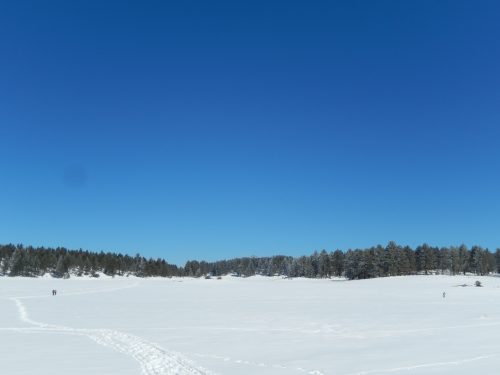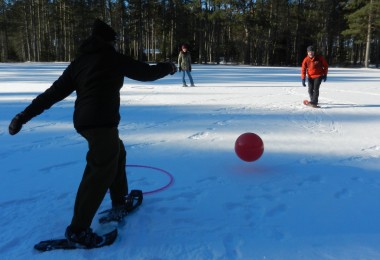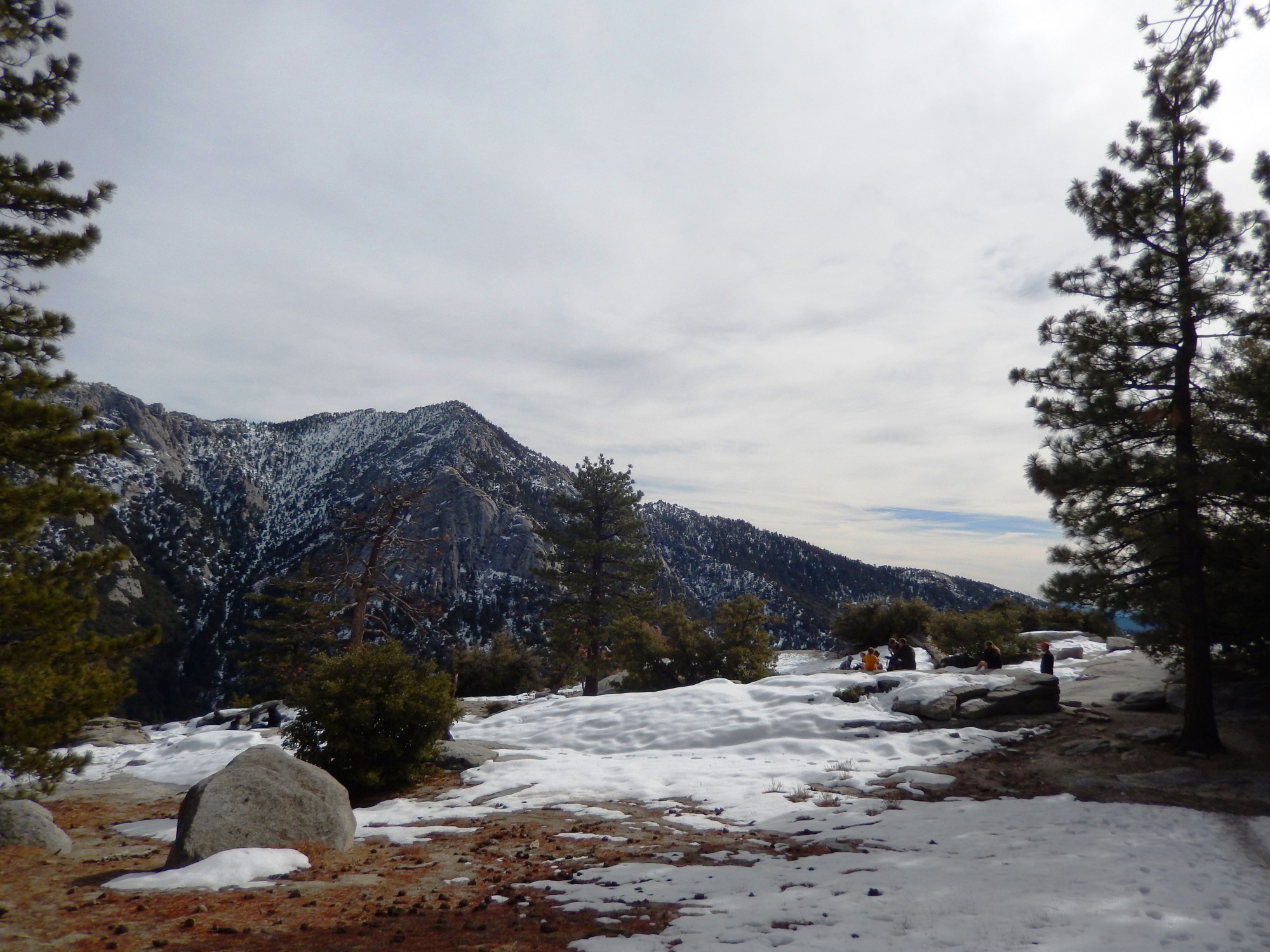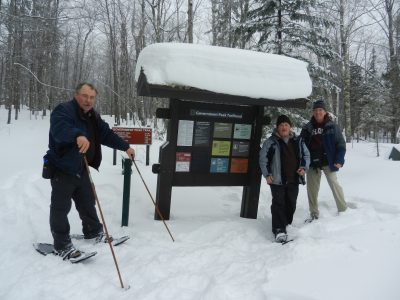In my last blog, I included some preseason training tips that were designed to help get you ready for the snowshoe running season. By now, many of you have already had your first few runs in snowshoes or will have shortly. To follow up on preseason training, I thought it might be a good idea to pass on a few more tips to help get you through your early season runs happy and healthy.
Snowshoe running is just like any other activity in that you need to start very gradually and not do too much, too soon. When switching from treadmill to road or road to trail, you need to be careful at first. Snowshoe running is no different.
For your first few runs, be sure to go much shorter than you normally would. Even though you may have been doing some preseason cross training, your body still needs the chance to adapt to this new motion. Your stance will be wider, your feet heavier and the conditions slower. It’s a good idea to go no more than half of what your average time of running would normally be for the first while before increasing.
When running in snowshoes, you won’t be able to run anywhere near as fast as without snowshoes. So once you have gotten a few weeks into the season, and are feeling strong, you might want to consider not going by distance, but just measuring your workouts by time.
If you normally run 15km in 60 minutes on the roads, go out and run for an hour on your snowshoes instead. There is no benefit of measuring your distances on snowshoes, especially since the conditions will vary so much. It’s all about time on the legs anyhow. Besides, it takes all the fun out of it if you think that you must go for X distance instead of exploring that new unmarked trail. There is a point where it will be good to run over measured courses for speedwork, but the early season isn’t that time. It’s all about getting used to your snowshoes again and slowly increasing your distances.
Another important thing to remember is to give your body a chance to recover between your snowshoe runs. Be sure to take at least one non-snowshoe running day between your snowshoe runs. Then in a few weeks time, you will be feeling great on the snow and able to do multiple snowshoe runs each week.
Derrick





